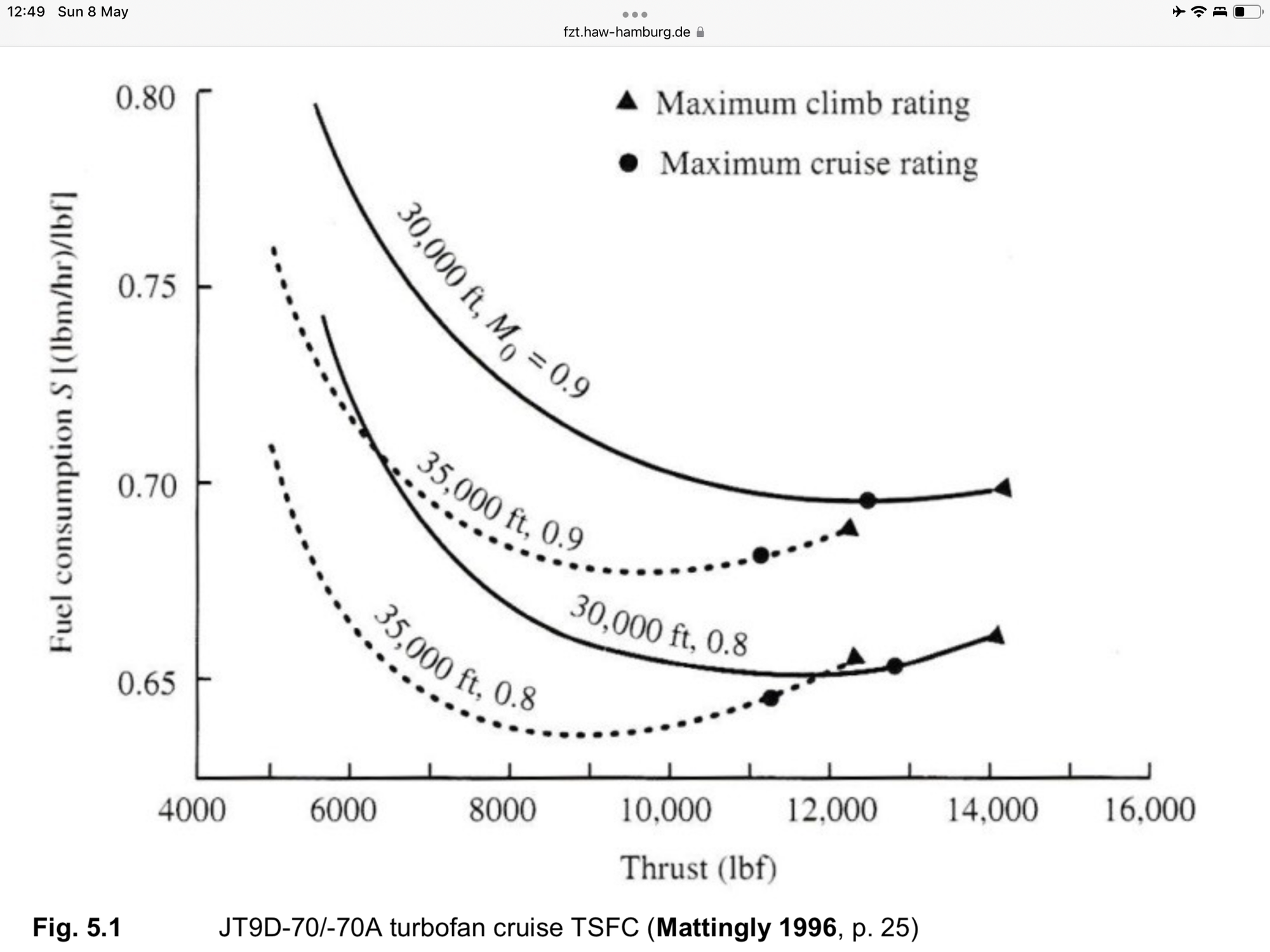If you are talking about the “most efficient speed” in this scenario and you mean minimum fuel consumption (not minimum time in the holding), you have to think out of the box.
As long as your engines are operative, you have to think about the most efficient speed regarding the sum of aircraft (lift / drag ratio) and engine (most efficient setting, which is not idle for sure).
During descent, every level off, penalizes your fuel consumption, so it’s more efficient to leave your holding in order to commence you approach, without any level segment. That means you should delay your descent, taking into account the additional track miles of your holding patterns, or you should use some thrust(taking into account the additional track miles) as soon as you have been informed about the need to proceed in the holding pattern(use of V/S mode instead of idle thrust).
Of course in the real world, you will not always be the only one in the holding pattern, so an uninterrupted holding descent is not always possible.
Now regarding the holding speeds, as mentioned in the FCOM:
The default hold speed is the lowest of the:
‐ Maximum endurance speed
‐ ICAO limit holding speed
‐ Speed constraint (if any).
When no specific speed limit applies, the default hold speed is approximately equal to:
‐ Green Dot speed on the A318, A319, A320 (CFM) and A321
‐ Green Dot +20 kt on the A320 (IAE)
The sum of aircraft + engine may result in a speed higher than the green dot speed(you lose some fuel from increasing the drag above the max Lift/drag speed, but the penalty is offset by increasing the N1 to a more efficient fuel consumption range).
SFC vs Thrust

These results show that jet aircraft have to fly about 9% faster than minimum drag speed to achieve minimum fuel consumption.
With a green dot speed of about 200Kts, the +20 Kts mentioned in the FCOM is around 9%.
(You can find the complete study here :
https://www.fzt.haw-hamburg.de/pers/...TextBensel.pdf ).
This is the proof that descending with some thrust(and green dot speed), may be more efficient if a sudden information regarding additional track miles is received.
In addition, if your holding is close to the airport, and you are sure about the accuracy of your EAT, there is no reason to hold at the highest possible level in order to reduce your fuel consumption and be forced to use speed brakes in order to get a shortened approach.
To Summarize try to think in a similar way as the FMGS calculates the descent profile.
Step one : try to predict the track miles from the runway to the holding pattern. This will give you your the ideal altitude to leave the pattern.
Step 2 : According to your EAT, and your estimated entry holding pattern, calculate how many turns you will have to execute.
Step 3 : Add the additional track miles of your holding patterns to your remaining distance in order to adjust your descent.
The most efficient way would be to ask from the ATC to interrupt your descent close to your present altitude, and perform an uninterrupted descent in the holding.
if
avionneta FE Hoppy or any other member can send me the graph, I would appreciate it.
Thanks